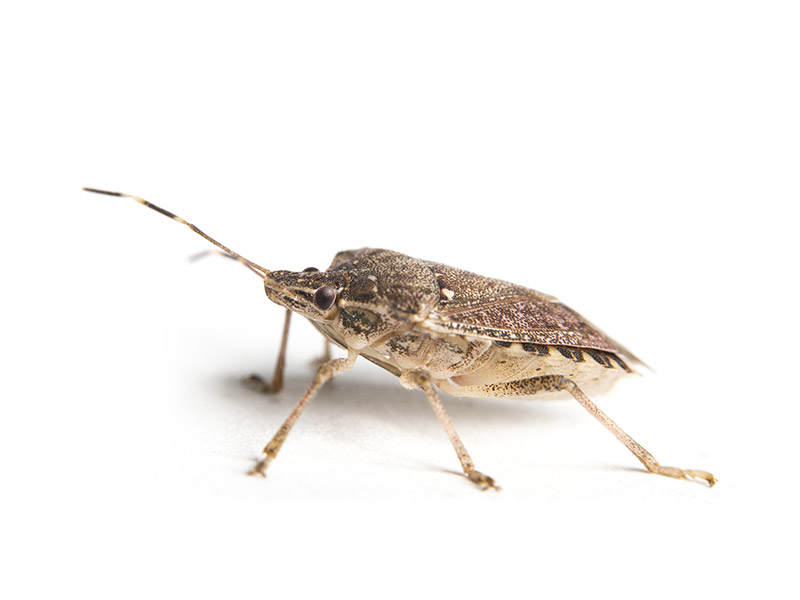Reliable Pest Control to exterminate insects and termites effectively.
Eco-Friendly Pest Control Approaches for Handling Wildlife in Urban Locations
Urban locations commonly locate themselves at the crossway of human activity and wildlife, leading to unique obstacles in parasite administration. These approaches not only shield the setting however likewise enhance area engagement in wildlife management. As city populations continue to expand, comprehending the dynamics of wildlife communications ends up being progressively essential.
Understanding Urban Wild Animals Dynamics
Recognizing Urban Wild animals Dynamics is crucial for establishing effective and environmentally friendly bug control methods. Urban areas are significantly becoming environments for different wildlife varieties, driven by aspects such as habitat fragmentation, food schedule, and human advancement. Acknowledging these characteristics permits a nuanced method to pest monitoring that lines up with ecological principles.
Urban wildlife often consists of species such as raccoons, squirrels, and birds, which adjust to city environments, locating specific niches in environment-friendly areas, parks, and also suburbs. Their visibility can cause conflicts with human beings, particularly when they make use of personnels for food and shelter. Recognizing the habits and ecological functions of these varieties informs methods that decrease negative communications while promoting biodiversity.
Additionally, recognizing the interdependencies within urban ecological communities helps in determining crucial locations for habitat preservation and repair. This expertise adds to the advancement of incorporated insect administration (IPM) strategies that take into consideration the ecological equilibrium, therefore reducing reliance on damaging chemicals. By promoting conjunction in between humans and urban wildlife, cities can produce healthier atmospheres that benefit both citizens and neighborhood ecosystems, leading the way for sustainable urban living.
All-natural Repellents and Deterrents
Natural repellents and deterrents offer a sustainable alternative to conventional pest control methods by harnessing the power of nature to maintain undesirable varieties away. These green options commonly make use of plant-based active ingredients, essential oils, and various other normally happening compounds that discourage pests without harming the environment.
One reliable all-natural repellent is peppermint oil, which is understood to ward off rodents and insects. Its solid fragrance is unpleasant to numerous insects, making it a popular selection for metropolitan setups. Vinegar and citrus peels can offer as deterrents, as their strong smells are normally unattractive to various wild animals.
In addition, diatomaceous earth is an all-natural powder that can be spread in locations susceptible to pest task, successfully dehydrating and hindering bugs without posing threats to non-target types. Garlic sprays and neem oil are recognized for their capability to fend off a large array of bugs, including both bugs and bigger wildlife.
Carrying out these all-natural repellents not only reduces reliance on chemical pesticides yet also promotes a much healthier urban ecological community, fostering an extra balanced coexistence in between human beings and wildlife. By making use of these techniques, city areas can successfully take care of pest populations while minimizing ecological influence.
Environment Modification Methods
Efficient environment alteration methods play a critical role in sustainable bug monitoring by modifying the environment to make it much less helpful to pest problems. By understanding the ecological dynamics of urban areas, home owners can carry out calculated alterations that hinder pests while promoting biodiversity.
(Flea control Port Charlotte)One main strategy entails maintaining proper sanitation. This includes normal waste elimination, safeguarding garbage can, and eliminating standing water to decrease breeding websites for bugs and rodents. Furthermore, landscaping methods such as choosing native plants can enhance environmental balance, supplying habitats for helpful microorganisms while lessening sources for parasites.
An additional crucial technique is to seal entrance factors in structures. Inspecting and fixing fractures in foundations, walls, and home windows can considerably reduce parasite gain access to. Additionally, developing physical barriers, such as fencings or plant buffers, can inhibit wildlife movement right into human-inhabited areas.
Integrated Parasite Administration Practices
Building upon habitat modification strategies, integrated parasite administration (IPM) techniques provide a holistic technique to regulating insect populaces while reducing ecological impact. IPM integrates numerous approaches, including biological, social, mechanical, and chemical controls, to attain efficient parasite management.
Biological control entails the introduction of natural killers or bloodsuckers to decrease bug populaces. Cultural click to investigate techniques, such as crop rotation and cleanliness, interfere with pest life cycles and decrease their environments - Pest control service. Mechanical controls, like traps and barriers, supply immediate relief from insect stress without chemical intervention
Chemical controls are used as a last resource, concentrating on targeted applications that restrict harm to non-target species and the atmosphere. The selection of environmentally friendly pesticides, when needed, is indispensable to the IPM structure. In addition, keeping track of bug populations and examining potential damage helps educate decision-making, making sure that treatments are prompt and effective.
Area Participation and Education And Learning

(Mouse Control)Workshops and informative sessions can furnish homeowners with expertise concerning indigenous types, habitat conservation, and reliable safe insect management techniques. Collaboration with colleges, neighborhood organizations, and federal government firms better boosts instructional outreach, ensuring that essential details gets to diverse target markets.
In addition, community-led initiatives, such as community clean-up days and habitat restoration projects, not just promote biodiversity but also enhance community connections. Pest control service. By encouraging residents to share their experiences and monitorings, neighborhoods can establish targeted approaches that attend to particular neighborhood pest concerns
Integrating comments from locals right into insect administration plans makes it possible for a much more receptive and adaptive strategy to wildlife challenges. Ultimately, notified and involved communities are key to accomplishing long-term success in environmentally friendly parasite control, bring about much healthier urban settings that respect both human and ecological needs.

Conclusion
In verdict, green parasite control comes close to offer sustainable options for handling metropolitan wildlife. By focusing on habitat modification, utilizing all-natural repellents, and carrying out incorporated bug administration practices, neighborhoods can promote a harmonious conjunction with regional animals.